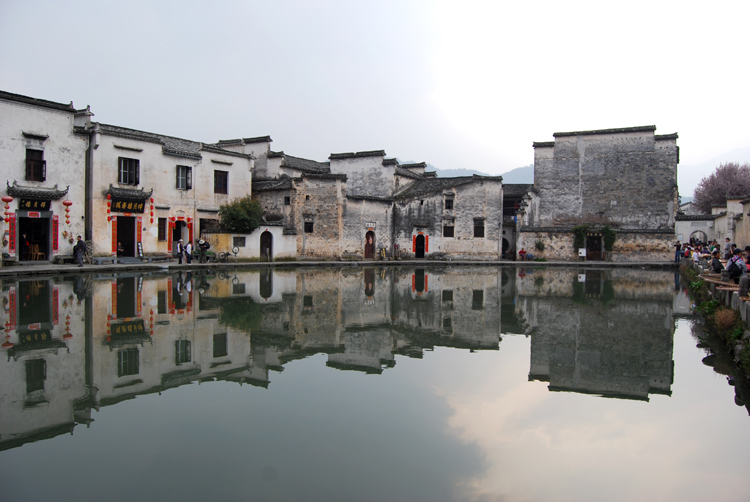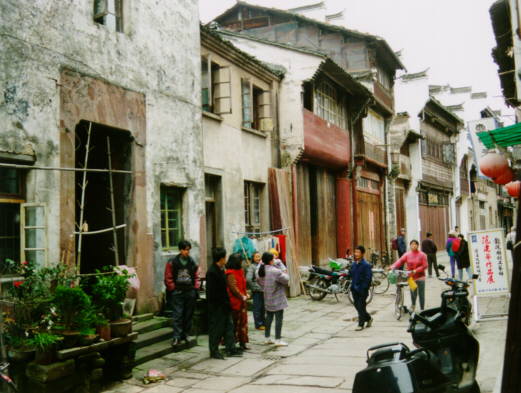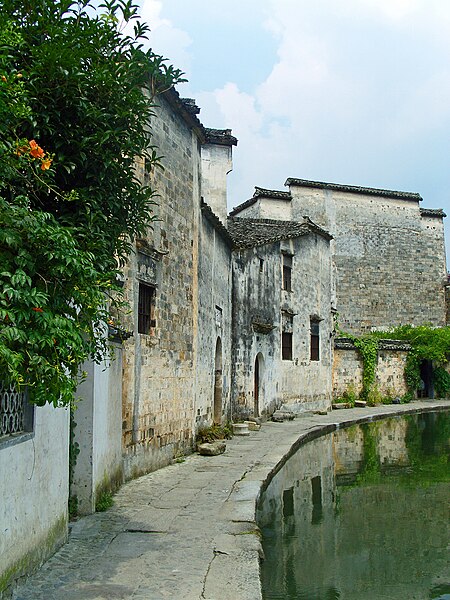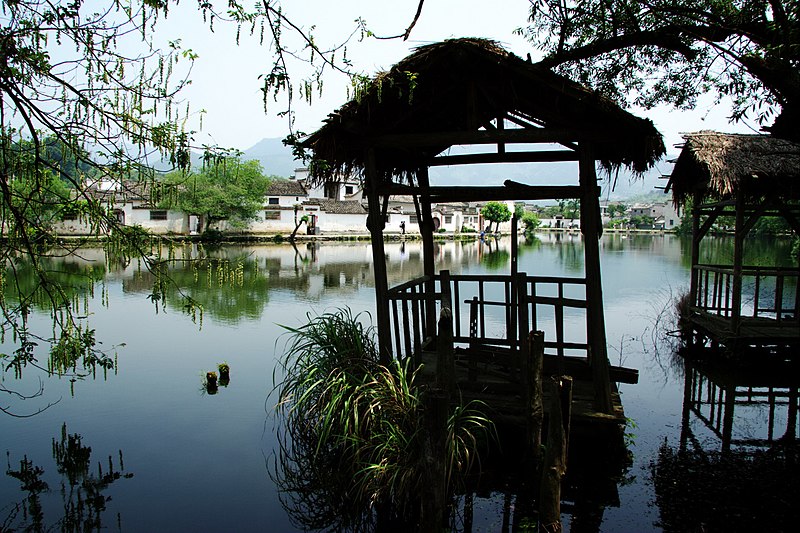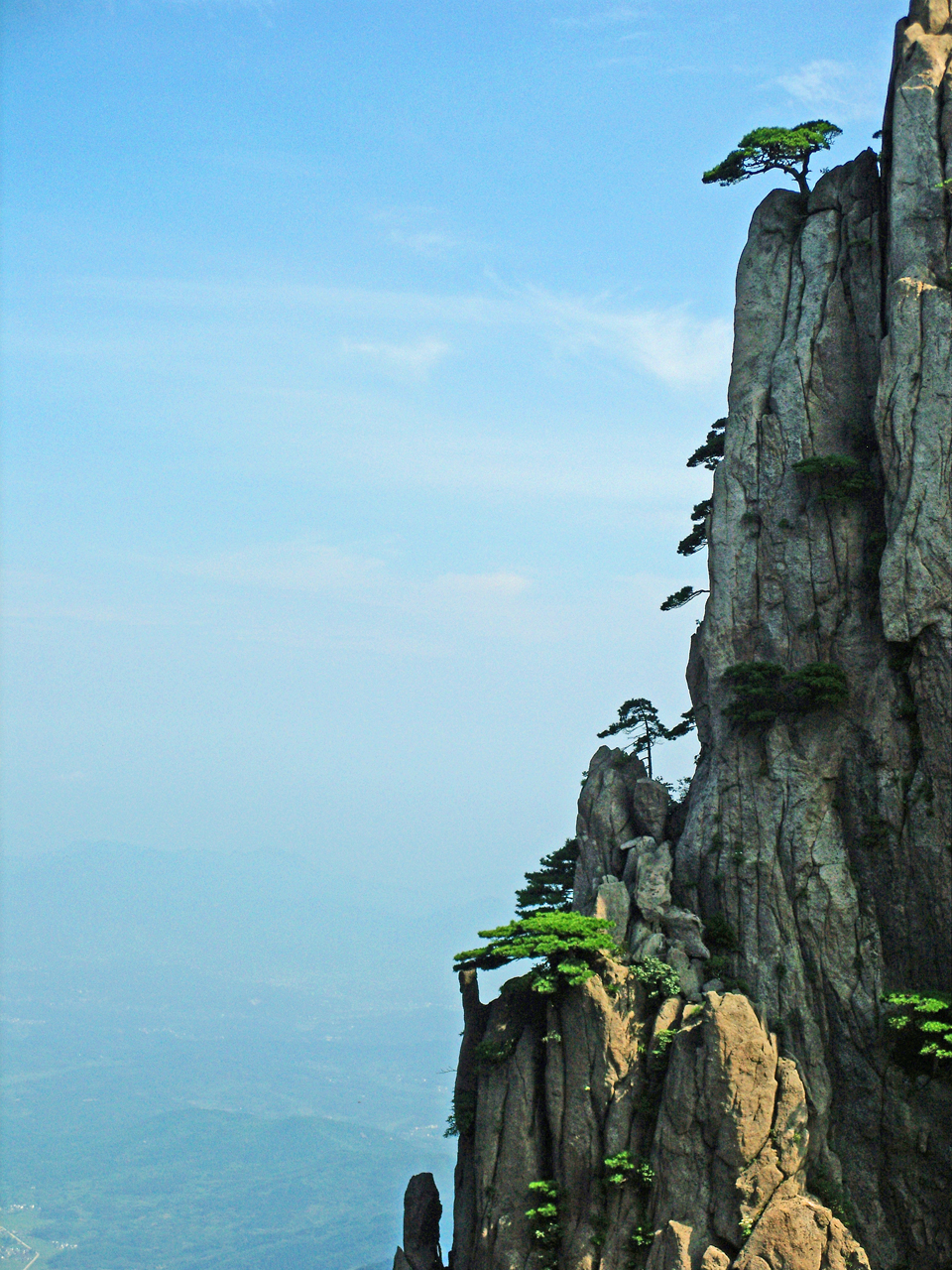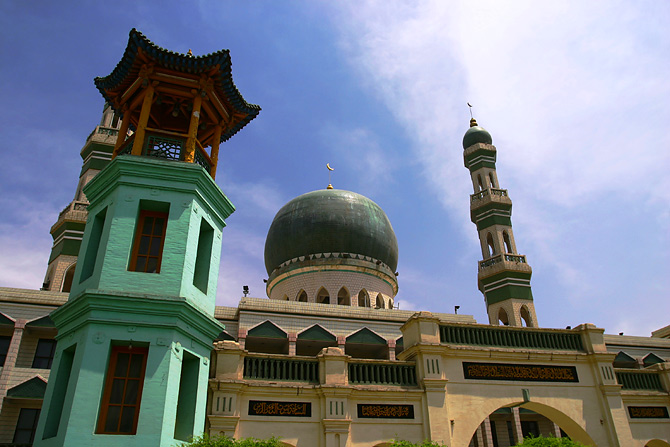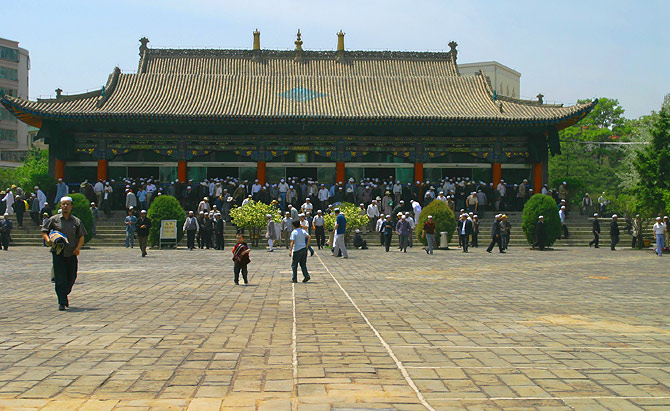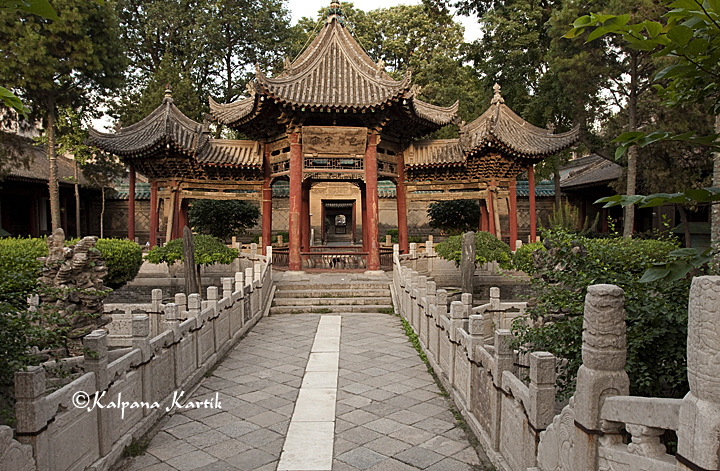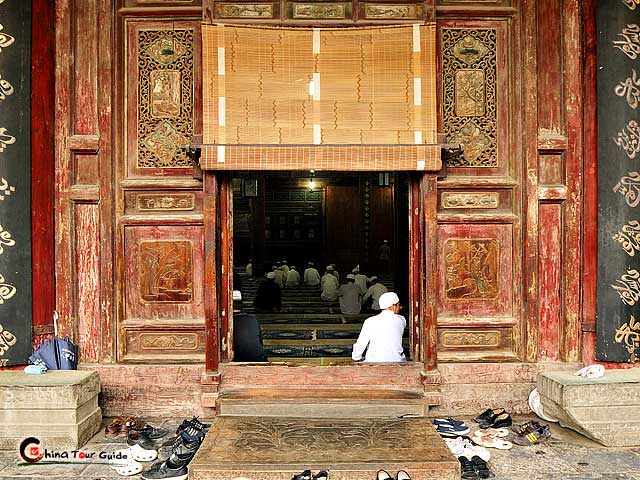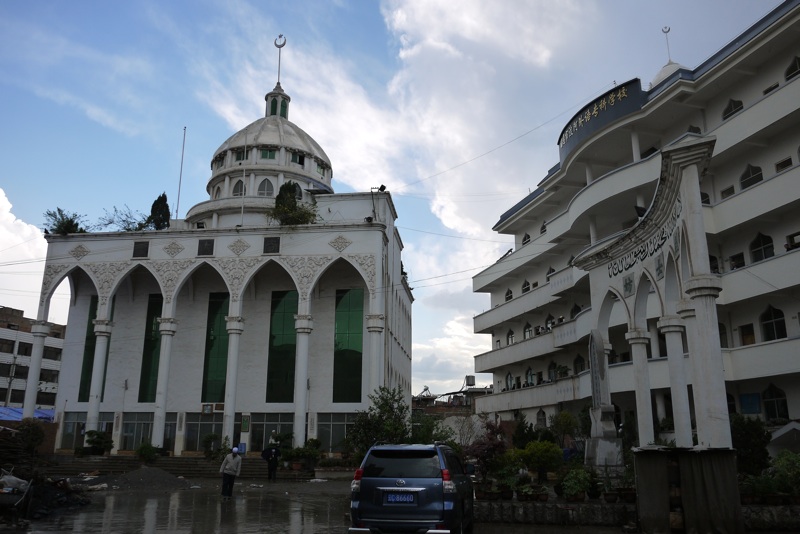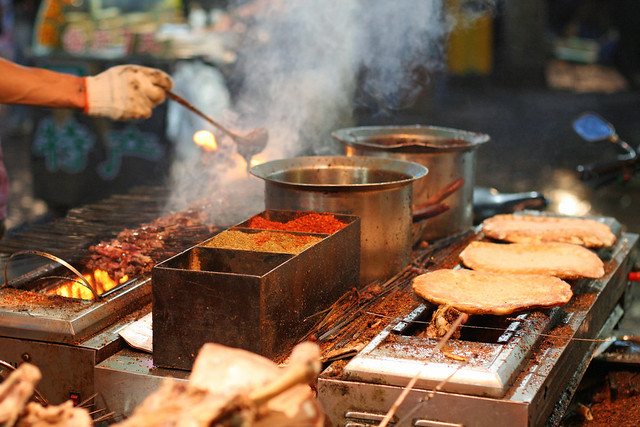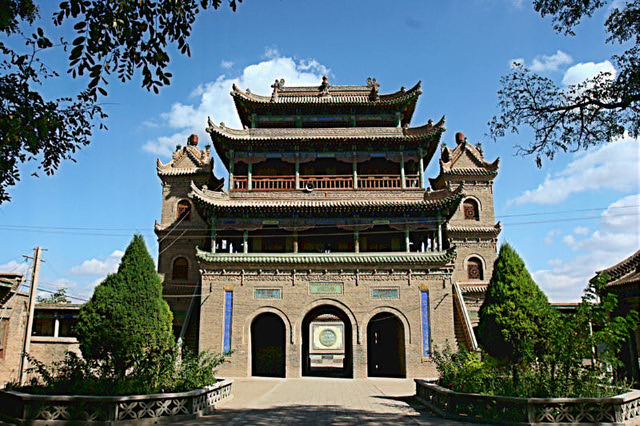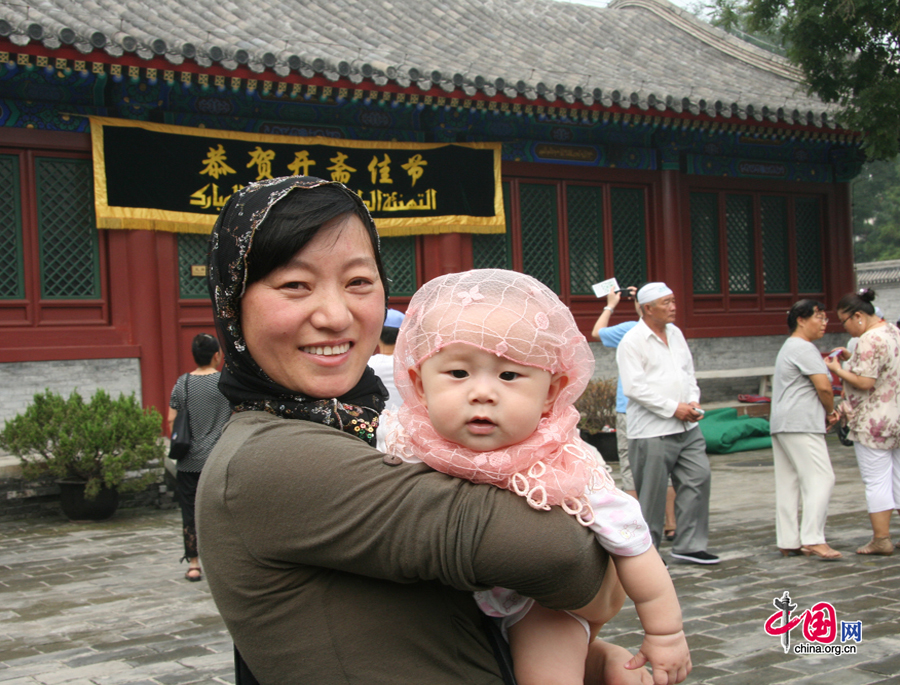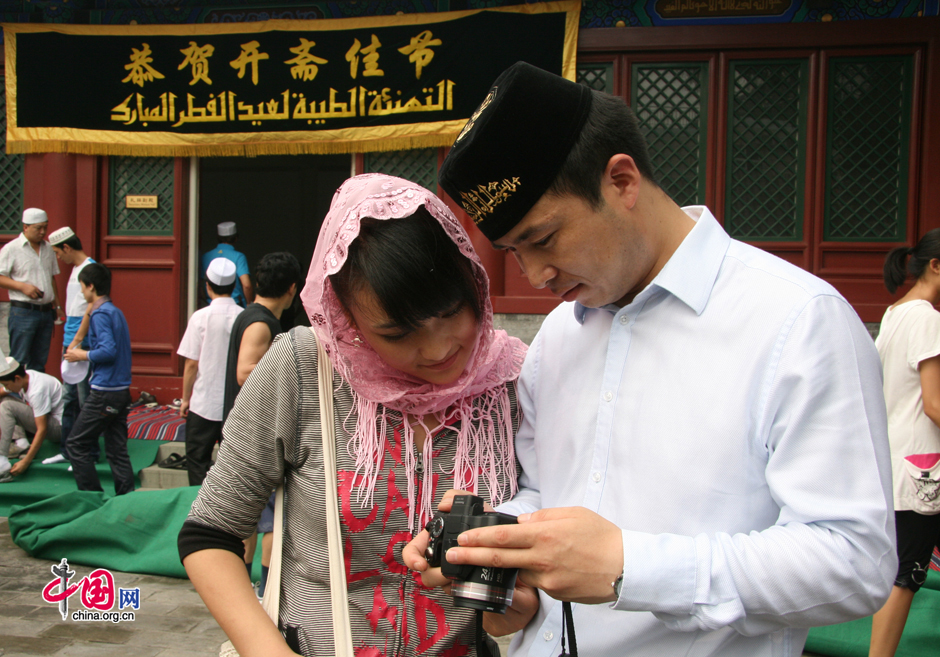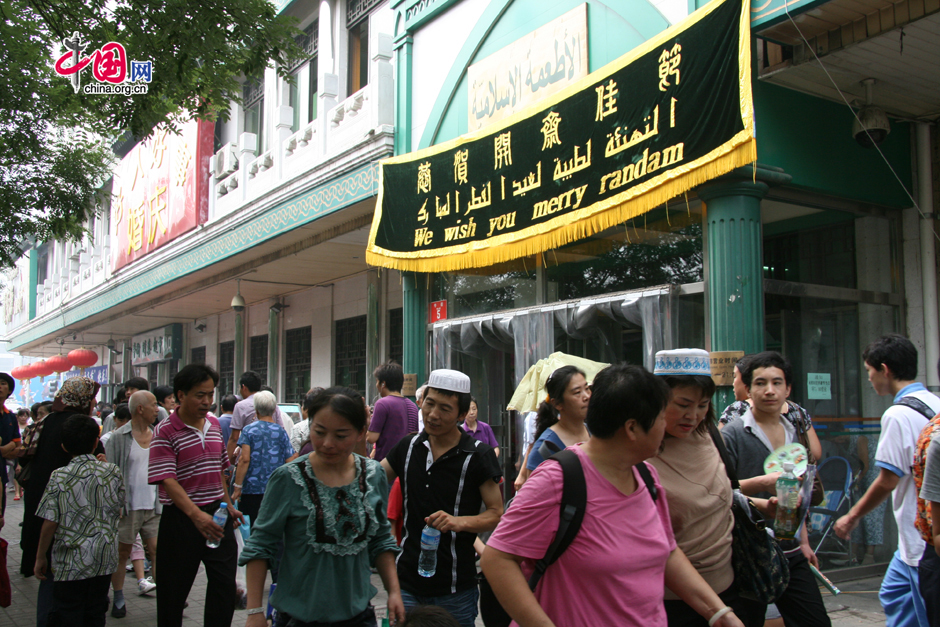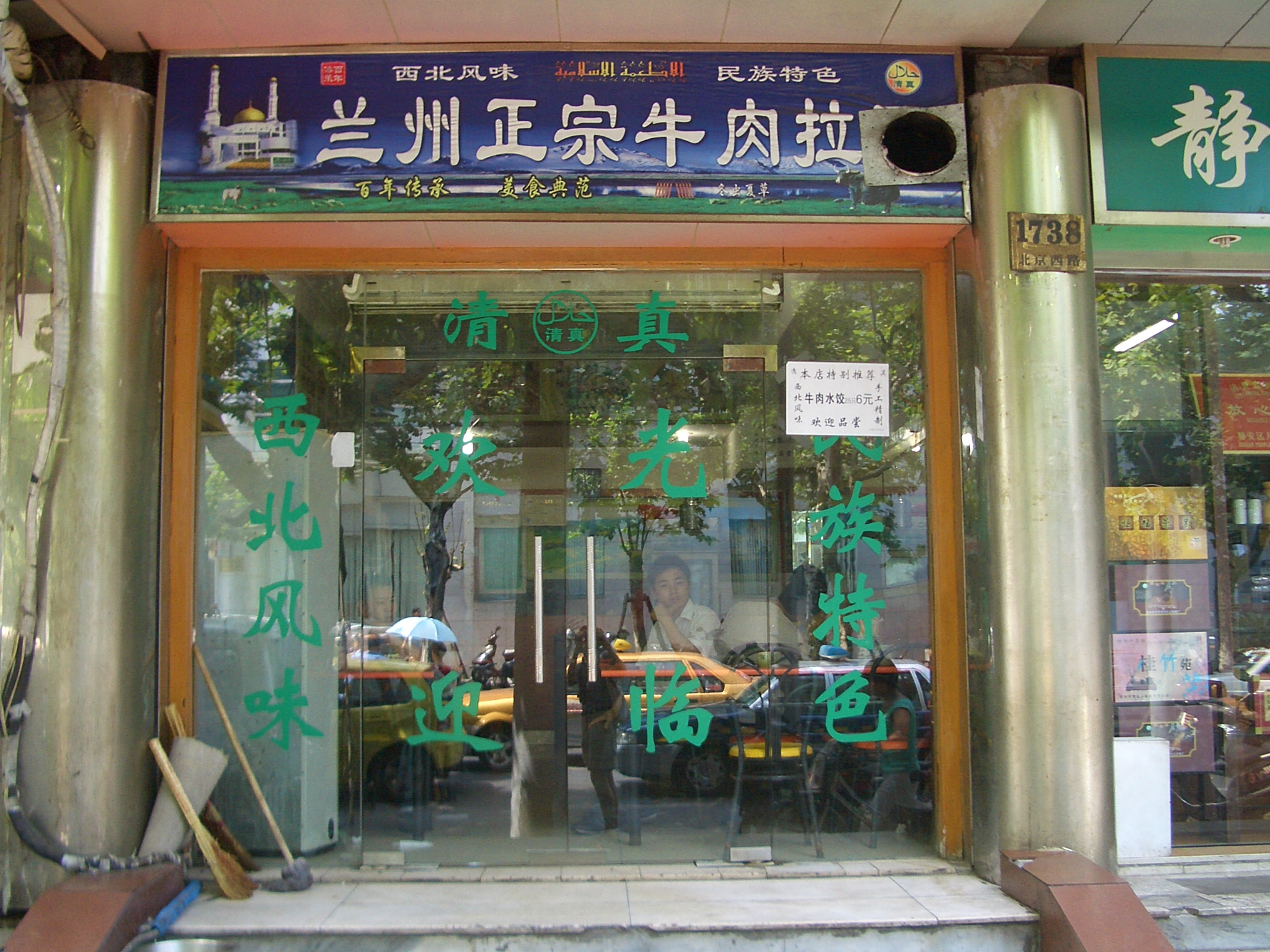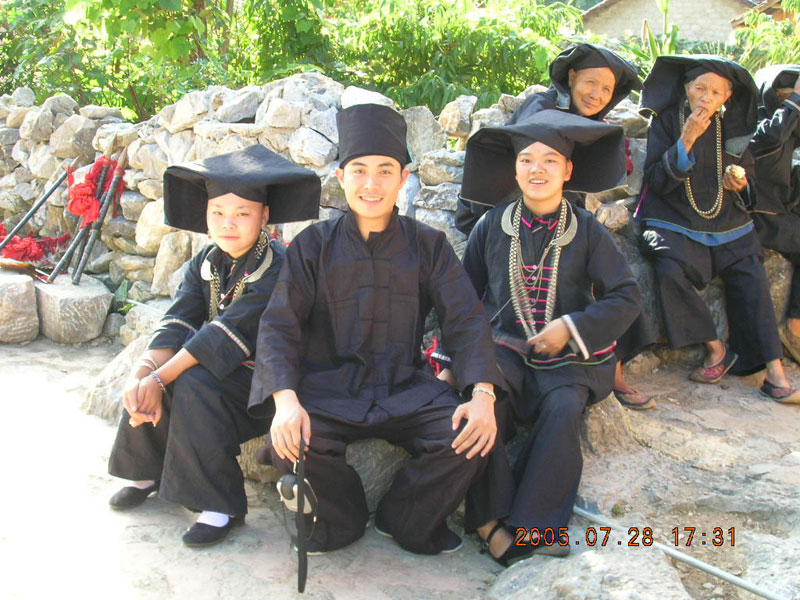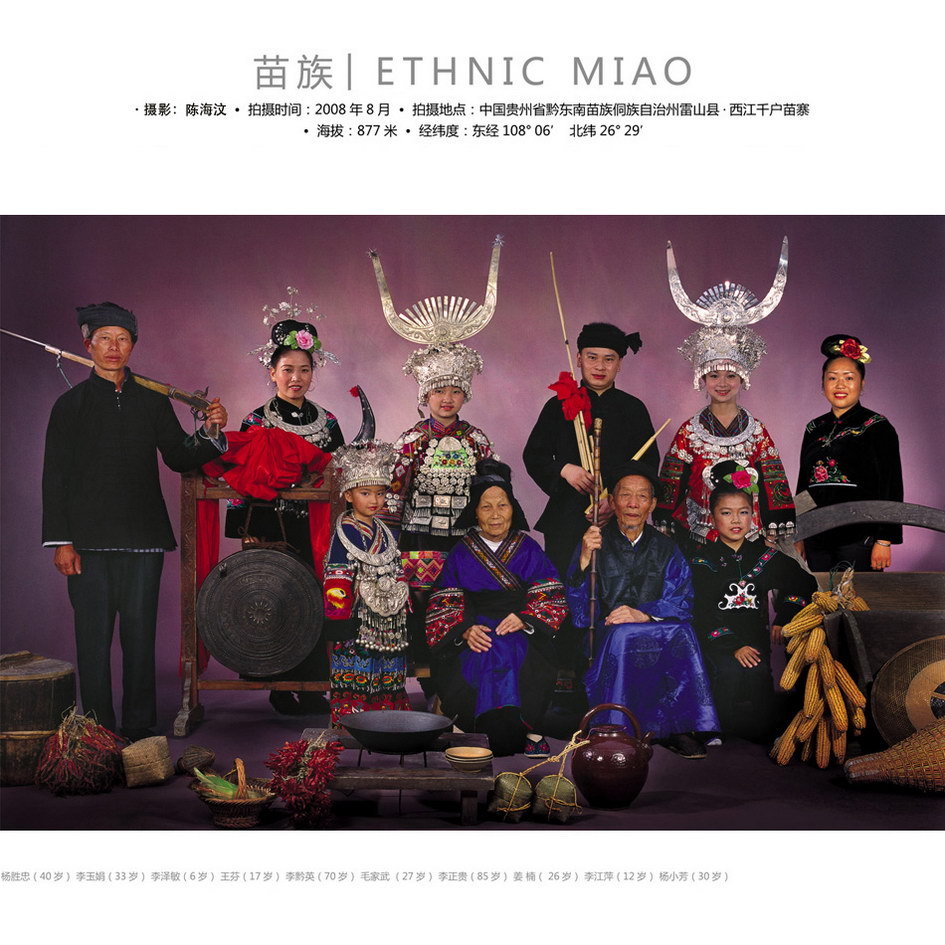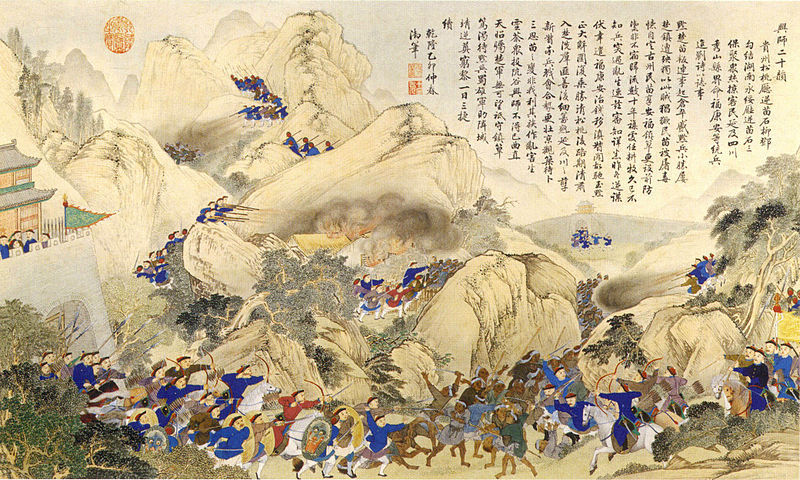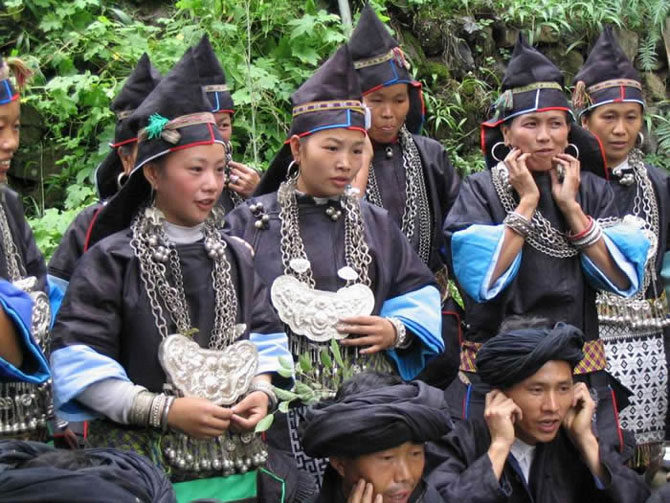ahfatzia
SENIOR MEMBER

- Joined
- Feb 22, 2012
- Messages
- 2,521
- Reaction score
- 0
Hui people 回族
Some contemporary notable Hui
Hui Liangyu 回良玉 b1944 Vice Premier in charge of agriculture (center in light jacket)

Cecilia Liu Shishi 刘诗诗 b1987 a rising actress

Jia Xiaochen 賈曉晨 b1982 HK singer
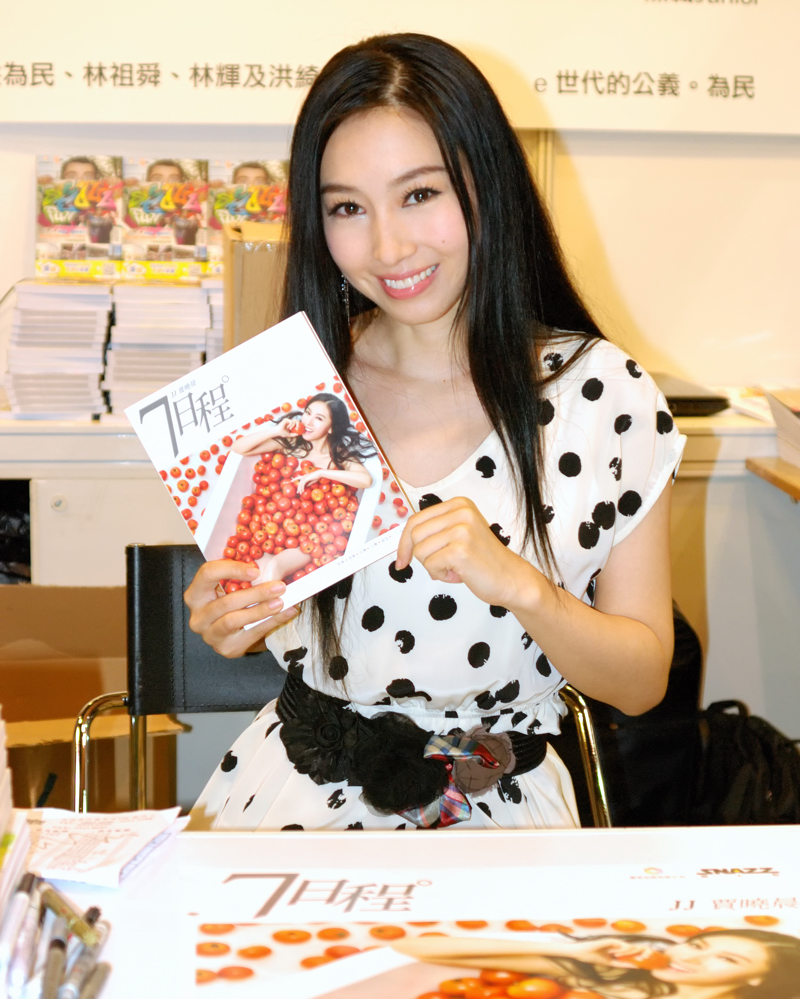
Zhang Chengzhi 张承志 b1948, often named as the most influential Muslim writer in China, his historical narrative History of the Soul, about the rise of the Jahriyya (哲合忍耶 Sufi order, was the second-most popular book in China in 1994. He was once a Red Guard and credited as the first person to use the name 'red guard'. He is the gentleman on the left of the picture
Sufi order, was the second-most popular book in China in 1994. He was once a Red Guard and credited as the first person to use the name 'red guard'. He is the gentleman on the left of the picture
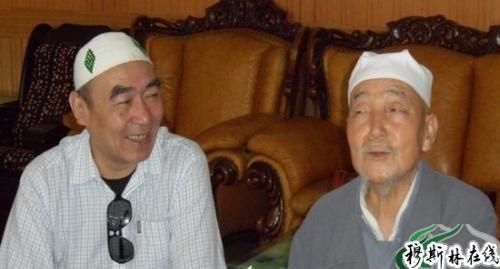
A Hui Muslim street
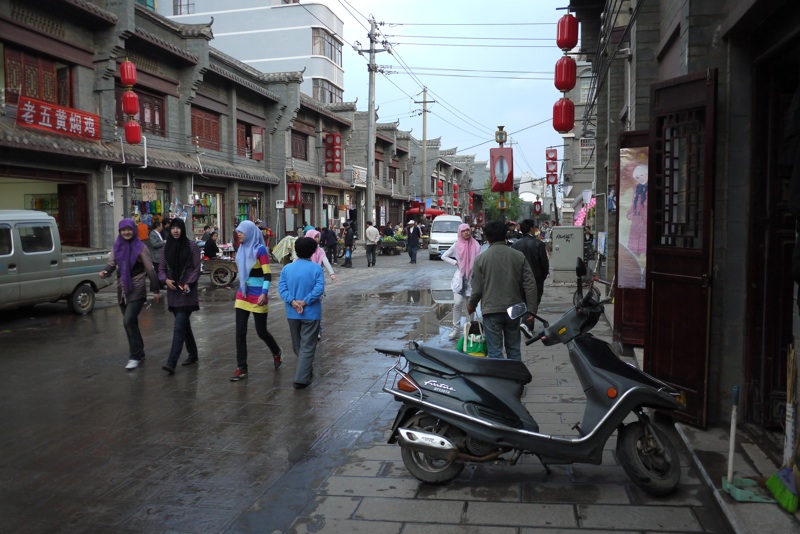
Linxia City halal bath house
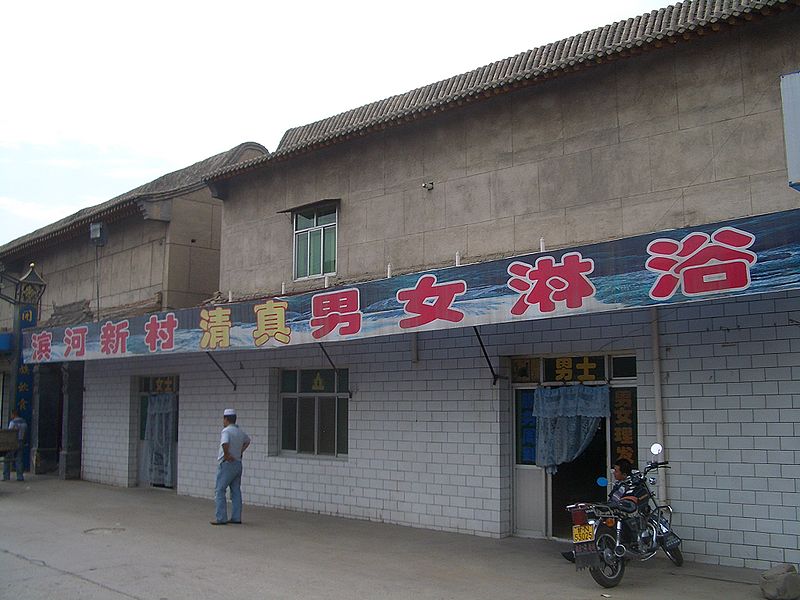
2 picture of Ningxia Hui area


Some contemporary notable Hui
Hui Liangyu 回良玉 b1944 Vice Premier in charge of agriculture (center in light jacket)

Cecilia Liu Shishi 刘诗诗 b1987 a rising actress

Jia Xiaochen 賈曉晨 b1982 HK singer

Zhang Chengzhi 张承志 b1948, often named as the most influential Muslim writer in China, his historical narrative History of the Soul, about the rise of the Jahriyya (哲合忍耶
 Sufi order, was the second-most popular book in China in 1994. He was once a Red Guard and credited as the first person to use the name 'red guard'. He is the gentleman on the left of the picture
Sufi order, was the second-most popular book in China in 1994. He was once a Red Guard and credited as the first person to use the name 'red guard'. He is the gentleman on the left of the picture
A Hui Muslim street

Linxia City halal bath house

2 picture of Ningxia Hui area






